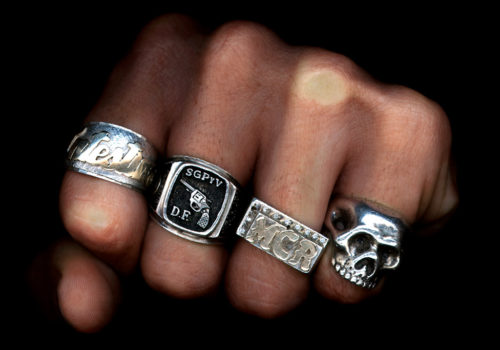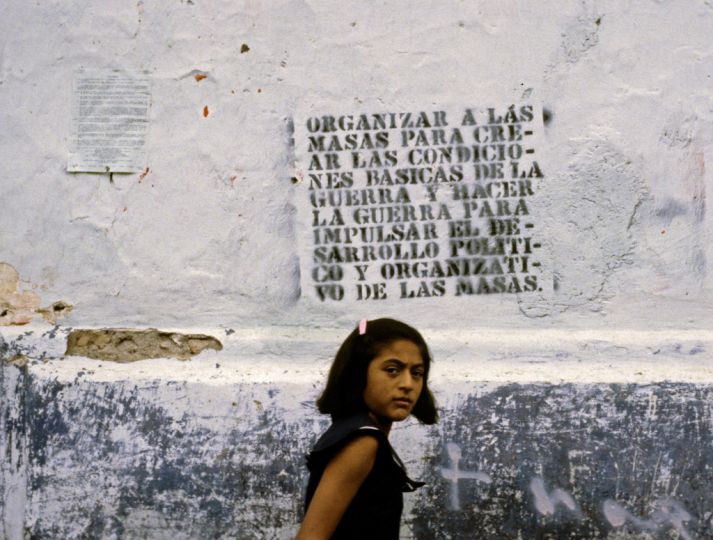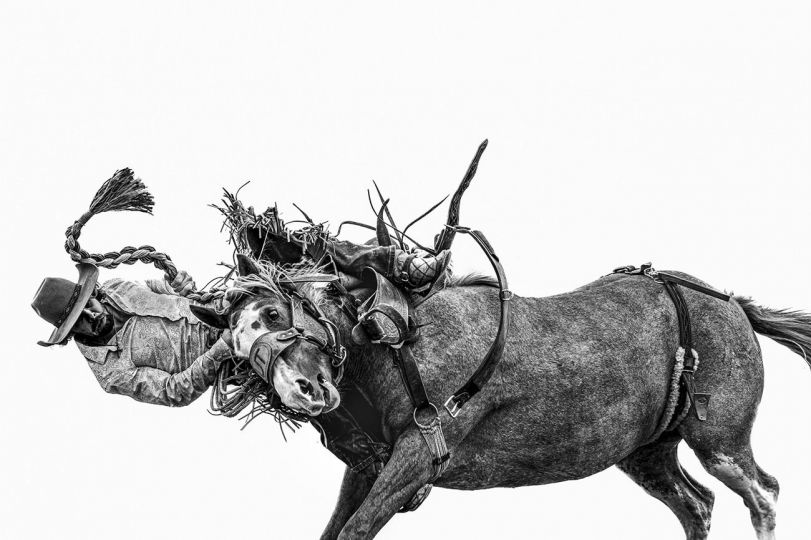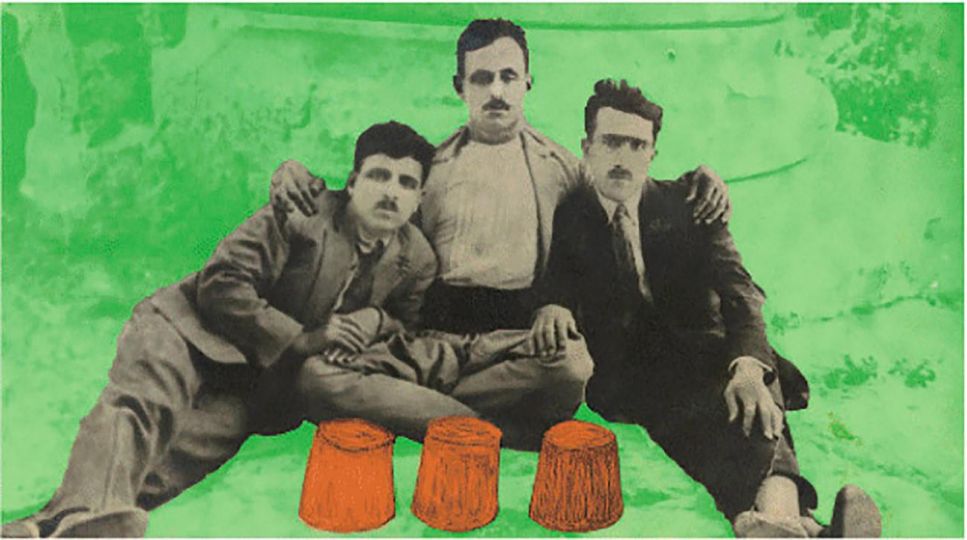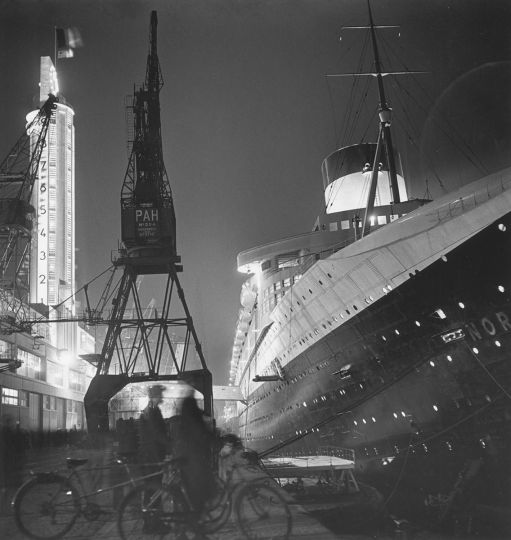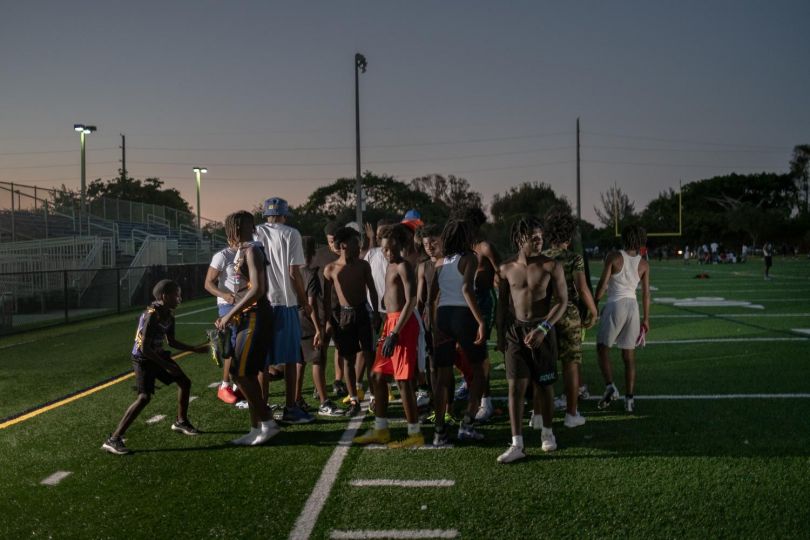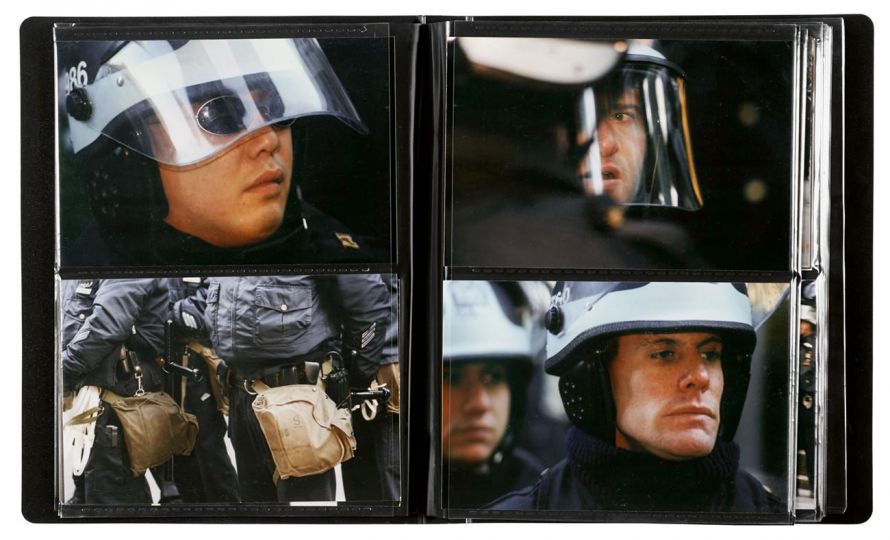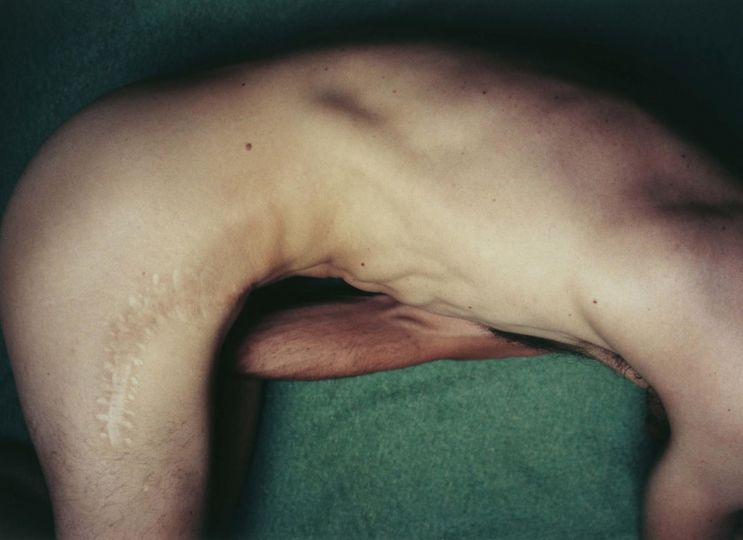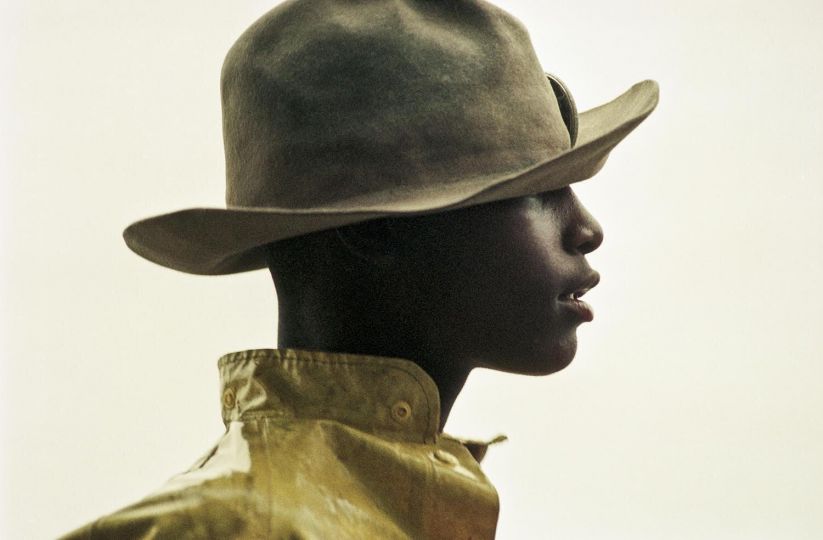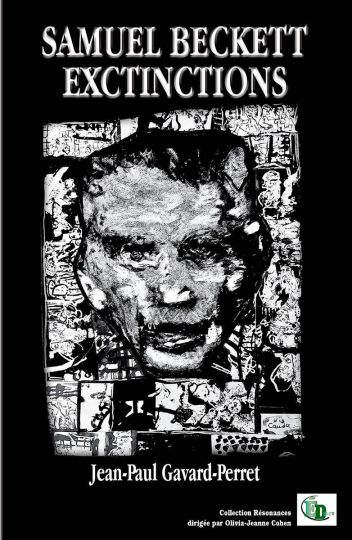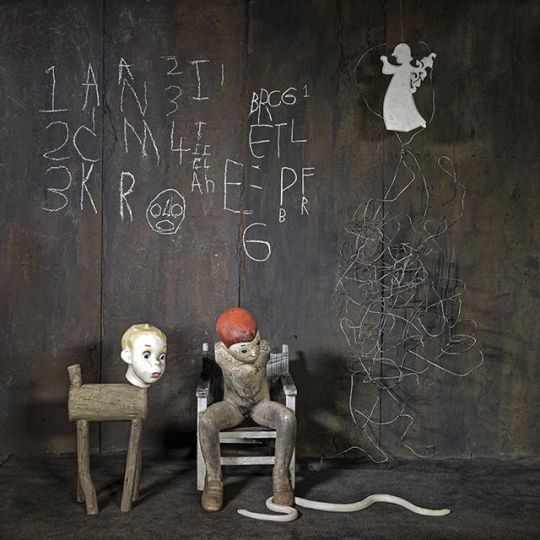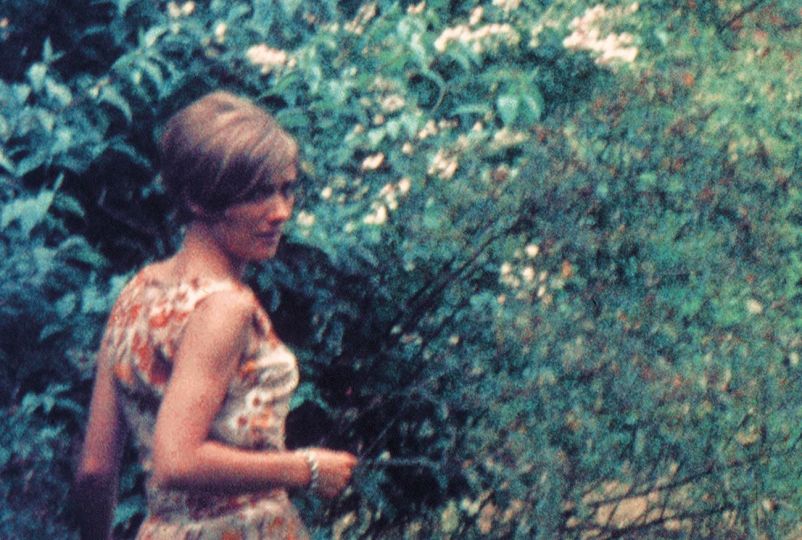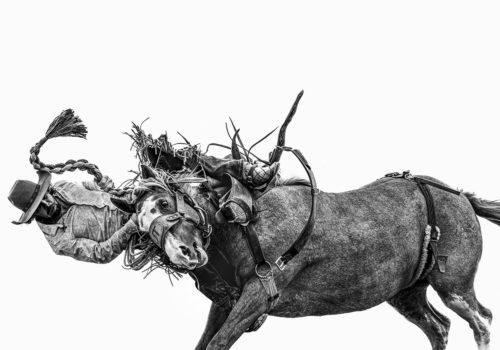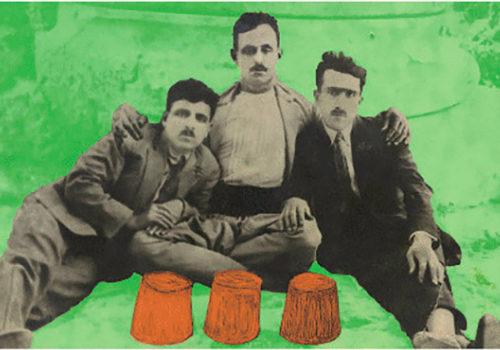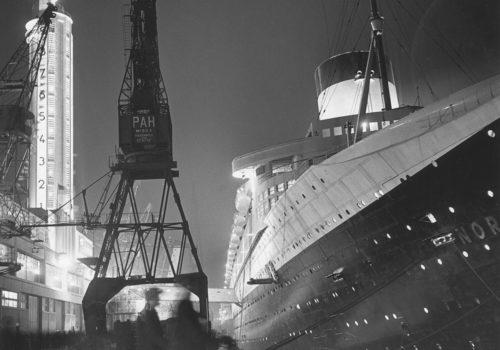“What if Latin America was nothing more than a European invention?” asks Olivier Compagnon in the introductory text to América Latina 1960-2013 (Thames & Hudson). Perhaps then it would be a matter of people becoming conscious of the lasting implications of colonialism thought in a time and place when Manifest Destiny is no longer esteemed as an effective or respectful approach to international politics. Yet, in the face of Western hegemony, a pan-Latin American approach to identity is one that allows for the greater centralization of political power in an attempt to level the playing field.
América Latina 1960-2013 brings together the work of more than seventy artists from eleven different countries. Beginning in 1960, the year after the Cuban Revolution, the photographs presented in this book show us a period of political and economic instability and a succession of revolutionary movements and military regimes, as well as transitions toward democracy. Featuring more than 400 photographic works that include silkscreen, collage, performance, and video pieces, América Latina 1960-2013 is a survey of contemporary work that is organized into six sections: Territory; The City; Informing Resisting; Memory and Identity; Revueltas; and Biographies.
Throughout the book are essays that provide a contextual and curatorial lens by which we can consider the works as part of the larger movements in art and politics of different countries that share experiences that extend past the borders. As we page through the book, we discover a land we thought we knew, a land of histories and mythologies as old as time itself. We see nations and peoples through the eyes of those who know them best, those who have inherited their curses and their blessings and, as artists, are charged to respond, to react, to resist. We see it in the photographs of Claudia Andujar, a Brazilian photographer born in 1931 in Switzerland. Her series is called “Marcados”, which means “marked” or “branded” in Portuguese, a title made all the more poignant by the fact that Andujar’s father perished at Dachau during the war.
From 1981-3, Andujar accompanied two doctors on medical rescue expeditions in Brazilian Yanomami territory. The Yanomami are native to the Amazon, and were devastated by a measles epidemic that broke out during the construction of the Perimetral Norte roadway a decade earlier. Andujar’s job was to make records, and she hung numbered tags on the neck of each Yanomami to indicate who had been vaccinated. Yet there is something inherently disturbing about assigning a number, rather than a name, to a person, particularly those who are defined as “Other” by the nature of their society, their culture, and their location. What remains is an ambiguity that defines so much of our relationship to Latin America. Are we who are outsiders actually saviors, or are we the cause of the problem in the first place?
América Latina 1960-2013 offers many perspectives, many insights, many questions, many answers. Taken as a whole, it is a powerful collection of stories that challenge our assumptions about a continent that has been much maligned by colonialism and its aftermath, as each nation struggled to independence, and to finding its way in the shadow of the United States government, which did a great deal to destroy what it deemed to be undemocratic regimes under the organization of Operation Condor in the 1970s.
What remains of lives lived and lives lost are the photographs, the stories, the artwork, the passion, the power, the love. The vision of life as it is told by the individual, the artist, is one of the first sources of history, as it is written by the victors. América Latina 1960-2013 suggests the possibility that victory is to be found in the power of the people.
http://thamesandhudsonusa.com/books/america-latina-hardcover/
http://missrosen.wordpress.com

